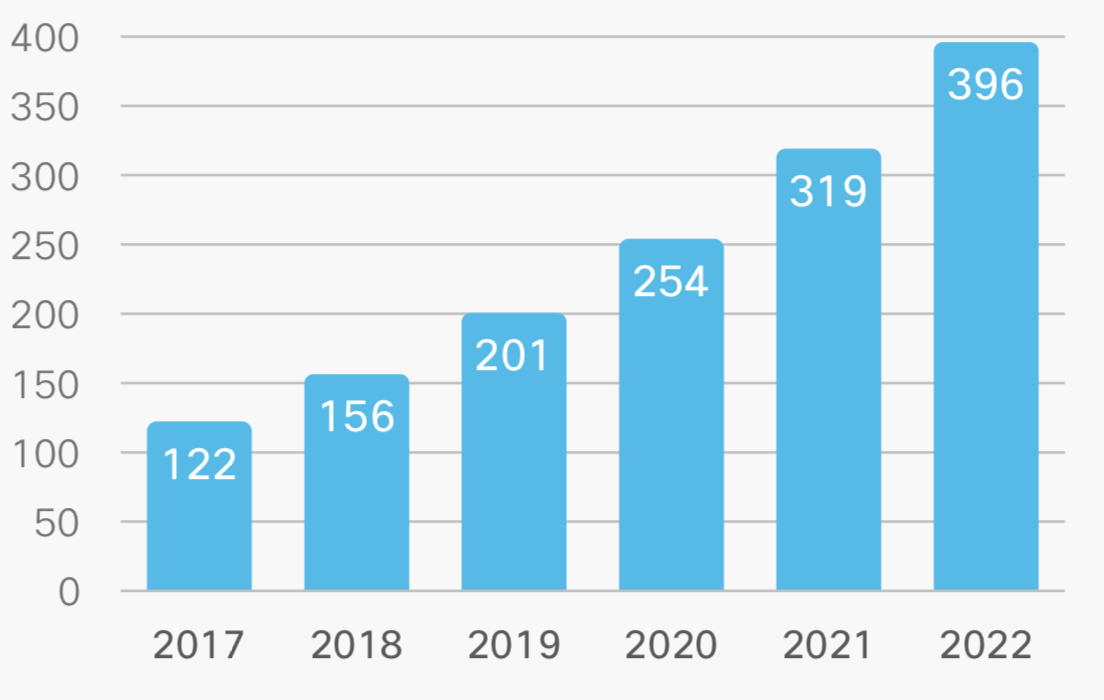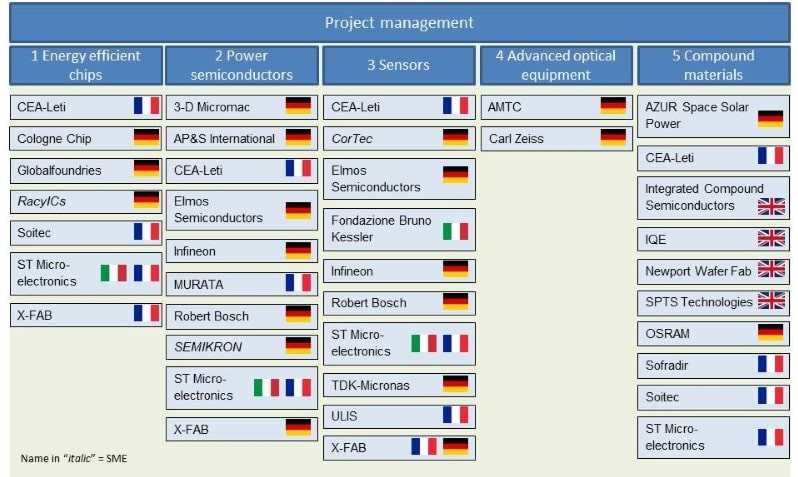IoT Diversity Challenges ROI
There’s plenty of growth ahead for the Internet of Things, but the market’s fragmented nature can make it hard to find the return on investment, said a market watcher with a new report on low power wide area (LPWA) networks
“It’s not just one product like a smartphone, its hundreds of different products, and the trick is creating enough products to meet demand,” said Mareca Hatler, director of research for ON World Inc.
Overall the market researcher expects revenues for LPWA systems and services to reach $56 billion by 2022. But the market is fragmented with users in some stage of exploring or deploying more than 40 unique IoT applications just for LPWA nets.
ON World’s latest report projects the Narrowband-IoT (NB-IoT) version of LTE and the 900 MHz LoRa network will take leading roles in LPWA over the next few years. One of their chief rivals, Sigfox, will trail, in part a victim of the demand for unique designs.
“Sigfox has millions of subscriber devices, but its challenge is getting enough devices to meet demand — it’s a product availability problem,” she said.
The problem of needing to customize designs for IoT deployments is a challenge all vendors face. But some feel it more than others.
“One advantage for LoRa is it has a bigger ecosystem with more products. There are dozens of LoRa modules and gateways, Sigfox has a handful,” Hatler said.
Today, two thirds of LPWA network operators are unlicensed ones such as LoRa and Sigfox, but cellular carriers are ramping their NB-IoT plans quickly. As a result, NB-IoT will make up more than half of 1.3 billion LPWA nodes OnWorld forecasts will be deployed by 2025.
“NB-IoT has the advantage in the next five to seven years. The question is only how fast it will happen. The network operators have so much scale they can offer disruptive pricing,” Hatler said, noting Deutsche Telecom will charge just $12 per NB-IoT node for ten years or 500 MBytes.
Carriers will drive wide availability as well as price. In addition, they can also offer good quality of service and as much as 5x more bandwidth than unlicensed LPWA nets, she said.
Carriers in China were quick to jump on NB-IoT. U.S. carriers rolled out a higher bandwidth LTE-M option first because it only required a software upgrade to their LTE networks. But in the last several months they have announced aggressive plans for NB-IoT, which typically requires carriers install some new hardware.
“The operators are not saying anything about the costs of the NB-IoT upgrades, but they are making them — some will even support LoRa as a complement that allows users to have their own private networks,” she said,
Among its attractions, LoRa is an open specification with a relatively large number of supporters. In addition, it supports asset tracking, locating devices within about 100 meters without the need for GPS.
All the LPWA nets will increasingly compete with existing Bluetooth, WiFi and Zigbee networks, especially in uses such as metering and smart buildings, she said. The LPWA options typically support longer ranges and battery life times although they typically are lower in bandwidth.
“NB-IoT could take some share from existing wireless mesh nets. The market is big enough to support a wide variety of users and apps, but more and more we’ll see head-to-head competition,” Hatler said.
在线留言询价

5G IoT Satellites Countdown for Takeoff

IoT Merging Into Data-Driven Design
- 一周热料
- 紧缺物料秒杀
| 型号 | 品牌 | 询价 |
|---|---|---|
| BD71847AMWV-E2 | ROHM Semiconductor | |
| RB751G-40T2R | ROHM Semiconductor | |
| MC33074DR2G | onsemi | |
| TL431ACLPR | Texas Instruments | |
| CDZVT2R20B | ROHM Semiconductor |
| 型号 | 品牌 | 抢购 |
|---|---|---|
| IPZ40N04S5L4R8ATMA1 | Infineon Technologies | |
| ESR03EZPJ151 | ROHM Semiconductor | |
| TPS63050YFFR | Texas Instruments | |
| BP3621 | ROHM Semiconductor | |
| STM32F429IGT6 | STMicroelectronics | |
| BU33JA2MNVX-CTL | ROHM Semiconductor |
- 周排行榜
- 月排行榜
AMEYA360公众号二维码
识别二维码,即可关注


请输入下方图片中的验证码:
























